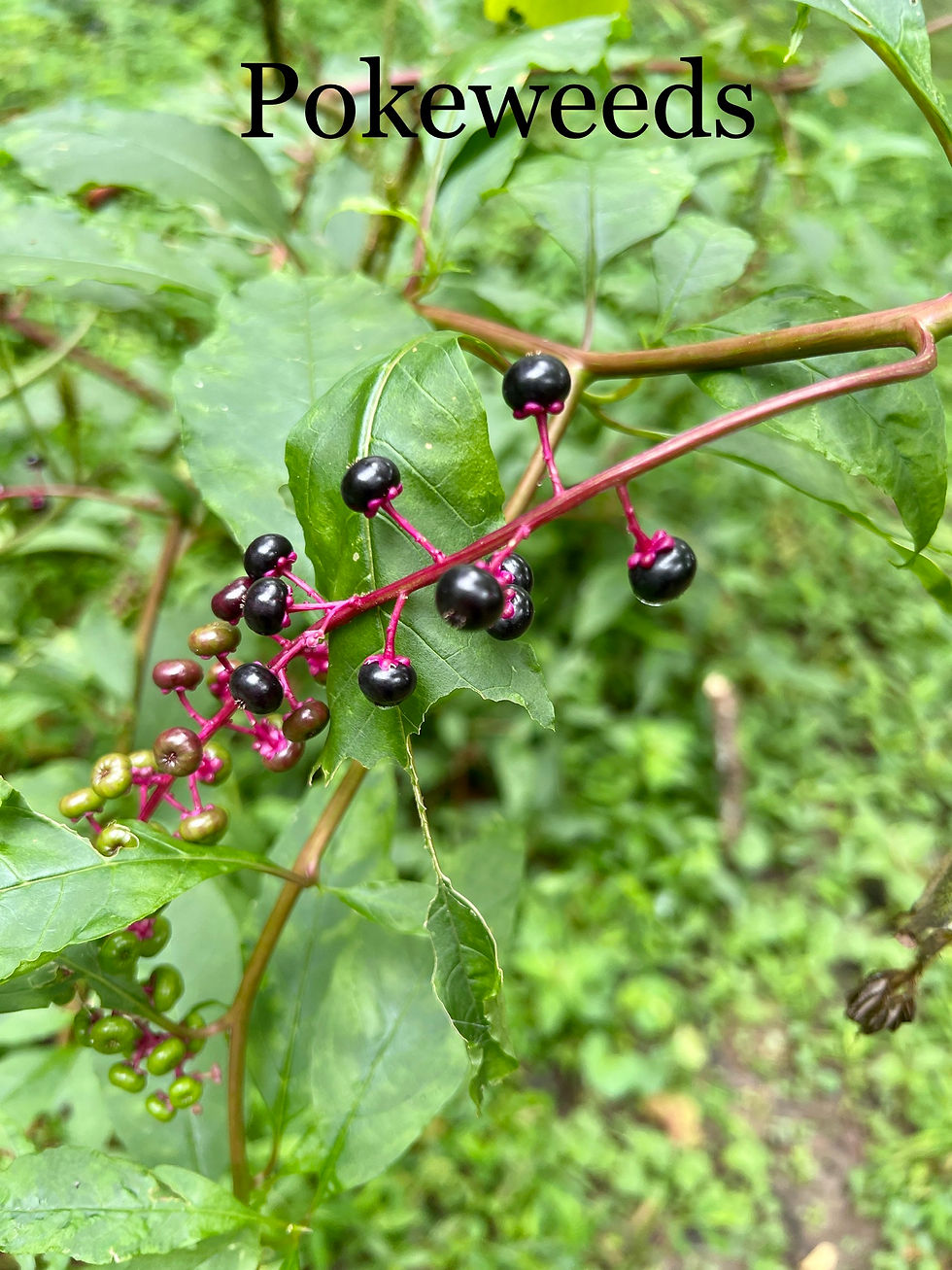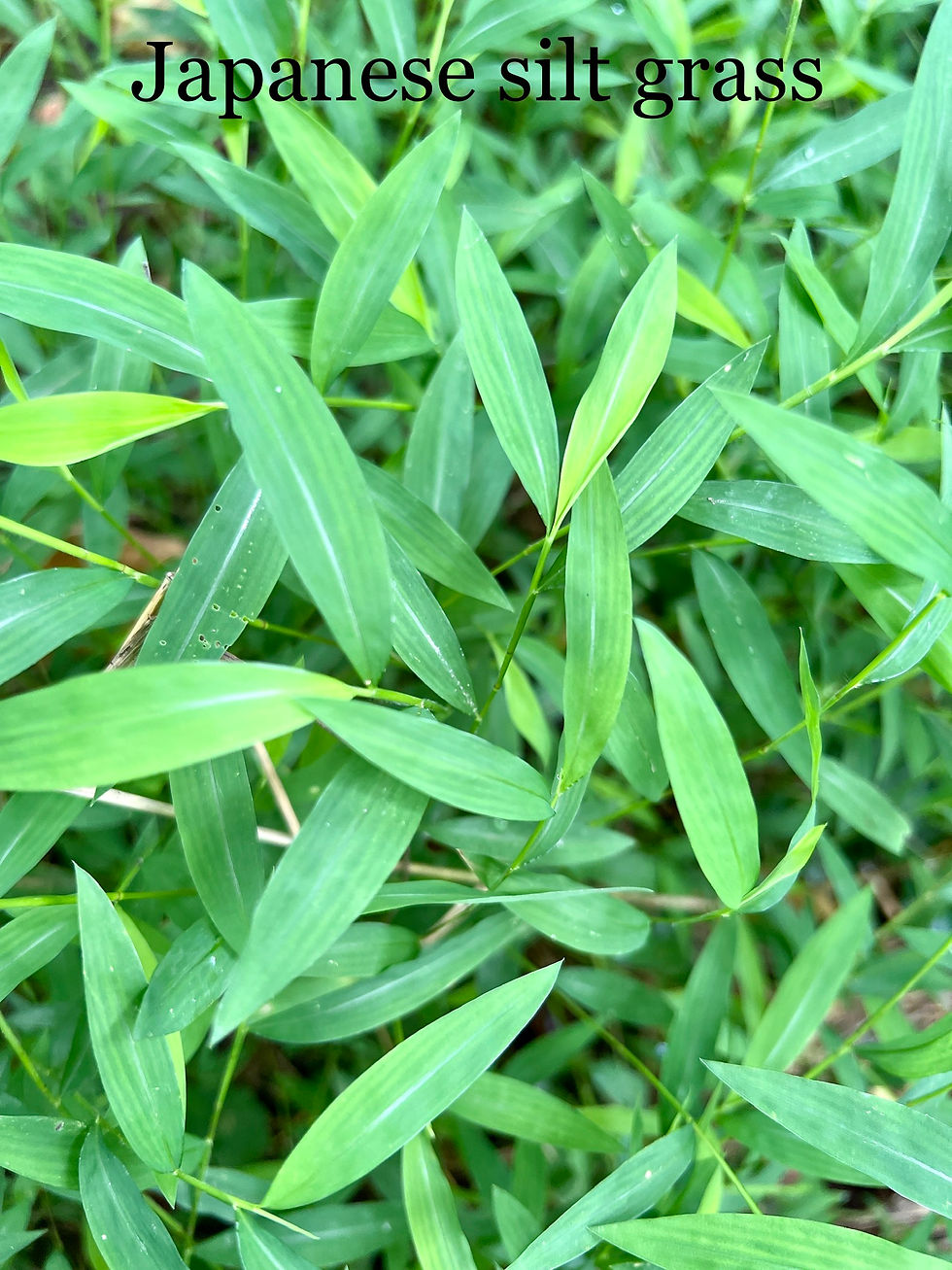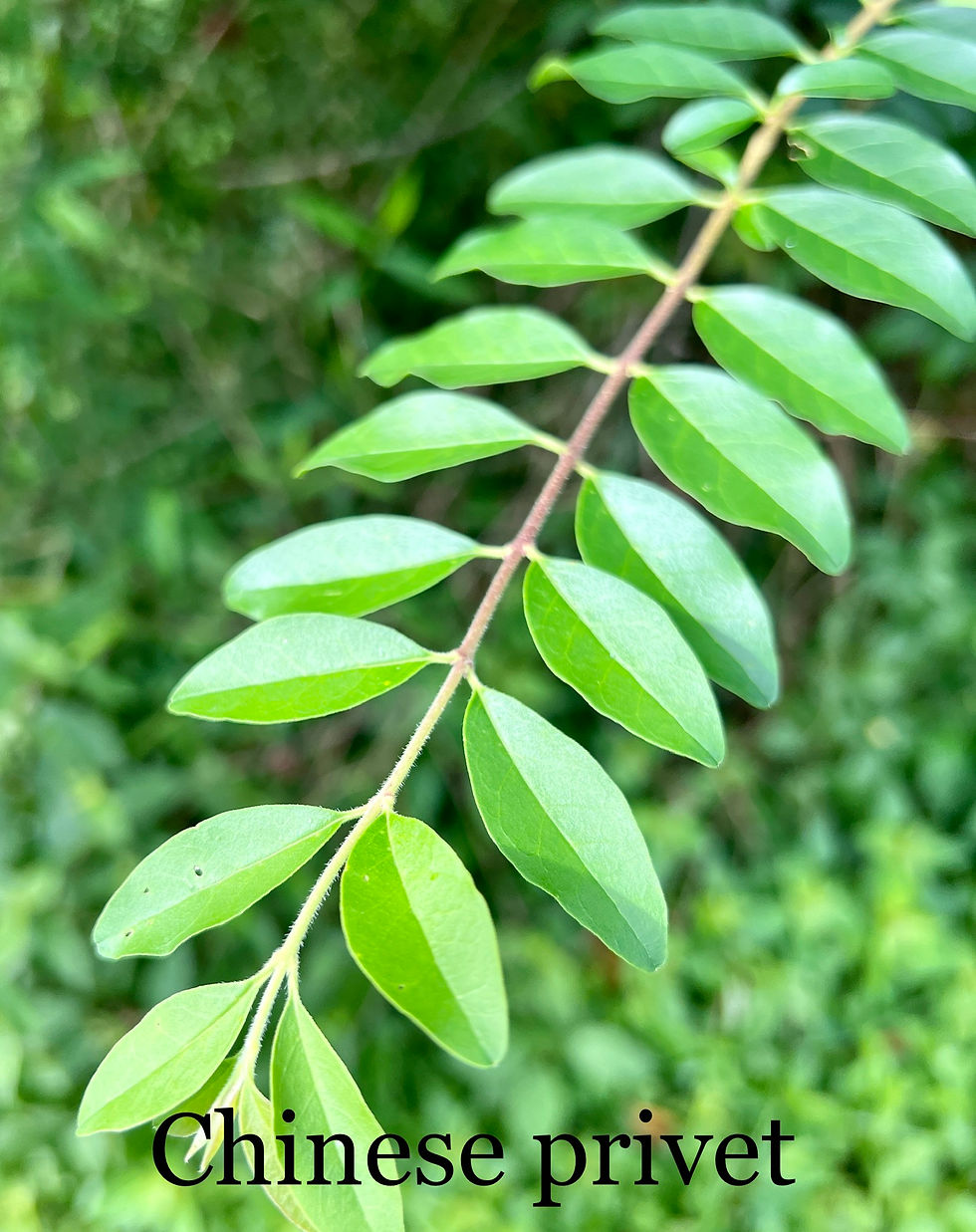Chinese Privet Research Shadowing
August 20, 2022
Written by: Caroline Kim
Research by: Iris Chen (Emory University student), Carolyn Keogh (Emory University Professor)
Invasive plants are an important topic in the world of environmental sciences (you can find a previous blog focused on this topic on my page). This past week I had the chance to shadow research alongside a student (Iris Chen) and Professor (Carolyn Keogh) from Emory University in Georgia. The field based research was based around the invasive species known as Chinese Privet or Ligustrum Sinense (image below). This species originated from Asia and has been a major concern for the environment in the southern parts of the United States. Unsurprisingly, this species can grow in dense thickets, depriving nearby plants of nutrients. The data was collected at Atlanta Memorial Park near a forestry landscape with a creek very close by. A line transect was laid out in areas where the privet was previously/currently growing, and we took note of the trees within the vicinity as well as the herbaceous cover. In increments of one meter, the closest tree to the line transect was taken note of: distance of tree from transect, the DBH (diameter at breast height) of the tree, and the species of tree. Additionally, box plots were lined with flags, and the herbaceous cover on the ground were noted: types of plant species, percent of each species, and bare ground percentage.
Some shrubby plants nearby included Japanese Siltgrass, Dayflower, Ground Ivy, Pokeweeds, English Ivy, Poison Ivy, and Chinese Privet. The nearby trees included various oak trees, pines, various ashes, boxelders, loblollies, maples, sweetgum, beech, and sycamore. Dead trees were not noted, and bar ground had its own percentage of bare ground noted. Further research would need to be conducted in order to study the effects that the Chinese Privet might have on the health and behavior of nearby organisms. However, thanks to the organizations that care for Atlanta Memorial Park, Chinese Privet is controlled monthly (pulled out) and new trees and plants are also occasionally planted. Cutting the privet as close to the bottom as possible is the best solution to control its spread, however, this isn’t a permanent solution. Herbicides could also be considered but the health of neighboring plants and organisms may be put in jeopardy.
Images from the field:





Sources:
Iris Chen (Emory University)
Professor Carolyn Keogh (Emory University)
“Chinese Privet.” Chinese Privet | National Invasive Species Information Center, https://www.invasivespeciesinfo.gov/terrestrial/plants/chinese-privet.
Recent Posts
See AllWritten by: Caroline Kim October 12, 2024 Today, we’ll dive into a new series that encompasses cancer, its symptoms, treatments, and...
Written by: Caroline Kim October 5th 2024 In this week’s continuation of the psychology series, we’ll dive into Bipolar Disorder,...
Written by: Caroline Kim September 28, 2024 This week, we’ll begin a new series diving into the symptoms, causes, treatment, and...

Comentarios